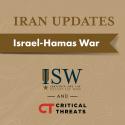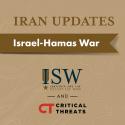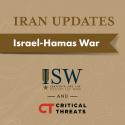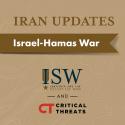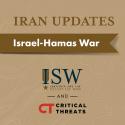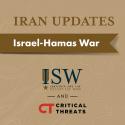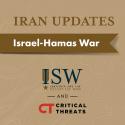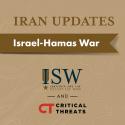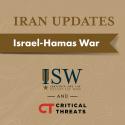Iran Update, August 19, 2024
Aug 19, 2024 - ISW Press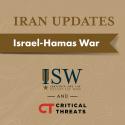
The United States, Israel, and international mediators plan to continue ceasefire talks despite Hamas’ rejection of the latest ceasefire-hostage proposal.... An anonymous US official said that the Biden administration still expects a resumption of talks from the key negotiating partners later this week. Hamas [ ] rejected the ceasefire-hostage proposal produced in the most recent round of talks in Doha and continues to support the July 2024 ceasefire-hostage proposal.


